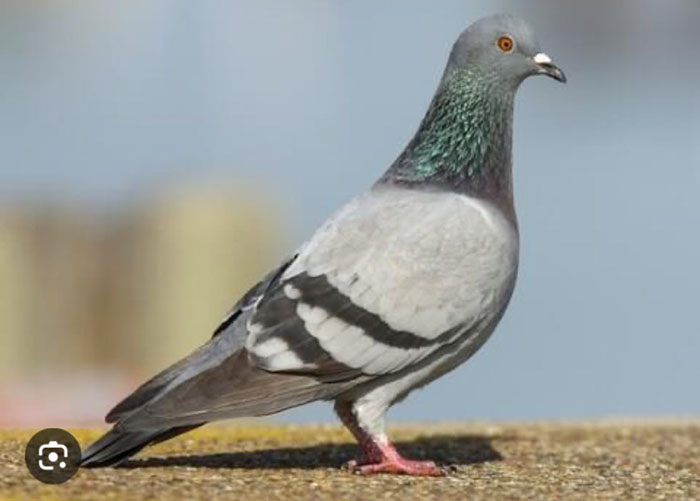Pigeons have a rich history dating back 5,000 years
News | Published on July 22, 2025 at 6:26pm GMT+0000 | Author: Tucker Henderson
1
The rock pigeon is much more than just another lowly pigeon.
By Alice Martin
Special to the Dispatch
Ah, the lowly rock pigeon. Denizen of cities, seashores and rural America. So common that they tend to be overlooked completely. “It’s just a pigeon.” However, a closer look a flock of pigeons reveals them to be beautiful birds, some sporting the typical blue-gray color with two dark wing bars to others that are plain, spotted, pale or even rusty red.
Pigeons were brought from Europe to North America in the early 1600’s. Depending upon whether they are urban or rural, they can nest on buildings, window ledges, barns, grain towers, under bridges, on natural cliffs and even in an empty boot. Examination of ancient Mesopotamian and Egyptian artifacts indicate that pigeons were domesticated more than 5,000 years ago. They are famous, of course, because of their ability to find their way home even when released from a distant location…blindfolded. They navigate using the earth’s magnetic fields, sound and smell and the position of the sun. The pigeon also has its military record of carrying messages for the U.S. Army Signal Corps during both world wars, saving lives and providing vital strategic information.
Now here’s something about rock pigeons that I find fascinating. Both the male and female parent feed their nestlings “crop milk,” a substance produced by a sloughing of fluid-filled cells from the lining of the bird’s crop which is located at the bottom of the esophagus and used as a food storage chamber. Crop milk is extremely nutritious, containing more protein and fat than that of cow or human milk along with anti-oxidants and immune enhancing factors that contribute to the survival of the nestlings. It is the exclusive food of the nestlings for their first 10 days of life. The only other birds to produce “crop milk” are male and female flamingos and the male Emperor penguin.
Trigger warning. If you are extremely sensitive about eating meat, you may want to stop reading now. If you happen to be at a high-end restaurant and you order the squab from the menu, you should know that you’ll be eating a pigeon. A domestic farm raised pigeon, but nonetheless, a pigeon that’s only about four weeks old and has never flown. Flying would make the meat tougher and nobody would want to eat a tough pigeon, right? Those who have tried it say that it has a texture and flavor similar to that of duck. I say high-end restaurants because it is considered a bit of delicacy and your meal will set you back around $30.00. It’s a delicacy because it is not amenable to mass production techniques like those used for chickens due in part to the fact that the parent birds pair for life and share brooding responsibilities. They can only produce and care for so many nestlings a year. If you do take the leap and order squab, that is, a baby pigeon, at a restaurant, I hope you can do what your waiter will say to you as you are served. “Enjoy.”
Until next time, happy birding.
